super class i occlusion
The maxillary first molar is severely posteriorly positioned relative to the mandibular first molar. Dental malocclusions are classified based on the positioning of the upper and lower molars.

Interdisciplinary Management Of A Class Iii Anterior Open Bite Malocclusion In A Patient With Cerebral Palsy Journal Of Oral And Maxillofacial Surgery
If the patient with a forward shift has Class I molars in centric occlusion correction of the anterior crossbite will eliminate the forward shift and tend to make the molar.
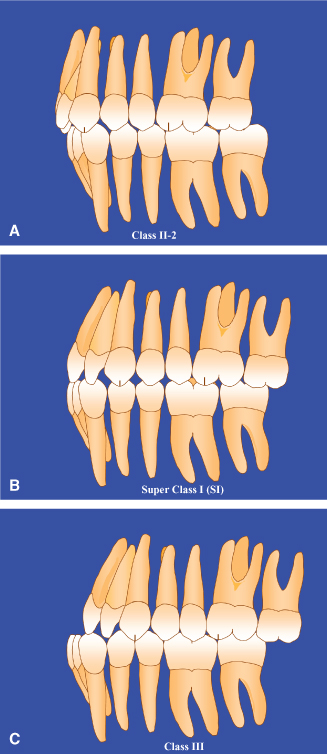
. The three classes according to Angles classification are as follows. Class I pseudo-Class I super Class I. A Class I occlusion is what is typically considered the ideal and least destructive occlusal relationship.
What is Class I Occlusion. Distal of md canine is distal to mesial of mx. Occlusion is an integral part of dental treatment as dentists cannot repair move or remove teeth without affecting occlusion.
The three classes according to Angles classification are as follows. The six keys to normal occlusion contribute individually and collectively to the total scheme of occlusion and therefore are viewed as essential to successful orthodontic treatment. Class I is a normal relationship between the upper teeth lower teeth and jaws or balanced bite.
Same as normal occlusion but characterized by crowding rotations and other positional irregularities. Also known as prognathism this class of malocclusion occurs when the lower front teeth are more prominent than the upper front teeth and the patient has a large lower jaw or a short upper one. The upper first molar cusp lines up forward of the developmental groove of the lower first molar.
The red line is Angles line of occlusion and any Class I occlusions with deviations to this line are defined as a Class I malocclusion. Class I pseudo-Class I super Class I. Ad Browse discover thousands of brands.
Mesiobuccal groove of md. The mesiobuccal cusp of the upper first molar occludes anterior to the buccal groove of the lower first molar. Class I malocclusion.
Class II Division 2 is where the maxillary anterior teeth are retroclined and a deep overbite exists. Class I is a normal relationship between the upper teeth lower teeth and jaws or balanced bite. Same as normal occlusion but characterized by crowding rotations and other positional irregularities.
A Class 3 molar relationship is described as. Class I malocclusion is defined as that malocclusion in which the lower incisors occlude on or directly beneath the cingulum plateau of the upper incisors Figure 21. The masticatory system comprises the teeth the periodontal tissues and the articulatory system.
Read customer reviews find best sellers. Approximately 50 to 55 of children between the ages of 6 and 17 have some form of Class 1 malocclusion. The mesiobuccal cusp of the upper first molar occludes with the buccal groove of the lower first molar.
Same as normal occlusion but characterized by crowding rotations and other positional irregularities. The articulatory system is in itself a triumvirate comprising the temporomandibular joint TMJ muscles of mastication. The mesiobuccal cusp of the maxillary first molar occluding posterior to the buccal groove of the mandibular first molar ie.
This causes a prognathic facial profile. Class 1 malocclusion have most teeth in normal occlusion with one to. FEATURES OF CLASS I MALOCCLUSION.
ByClaire Jeong BS MS RDH and Delphine Jeong DMD. A class 1 malocclusion means that the molar position or bite is normal but. There are two subtypes of Class II malocclusion.
Class II Malocclusion Class II Malocclusion has two divisions to describe the position of the anterior teeth. Class II Division 1 is when the maxillary anterior teeth are proclined and a large overjet is present. This causes the teeth to be misaligned and the lower incisors can touch the gingival tissue of the upper arch of the jaw.
There is normal relationship of the molars but the line of occlusion is incorrect because of malposed teeth rotations or other causes. Which is it and why is it important. The anteroposterior relationship is normal but there may be vertical or transverse malrelationships of the jaws or teeth.
Class 1 dental malocclusion is the most common type of malocclusion. The mesiobuccal cusp of the upper first molar occludes with the buccal groove of the lower first molar. Class II Malocclusion Division 1.
The upper incisor inclination is average and the overjet is 23 mm.

Cc442 Bimaxillary Protrusion Treated With Insignia System Customized Brackets And Archwires Youtube Dental Treats Glow Up

Laser Tad Orthodontic Treatment Options Cary Nc Clayton Nc
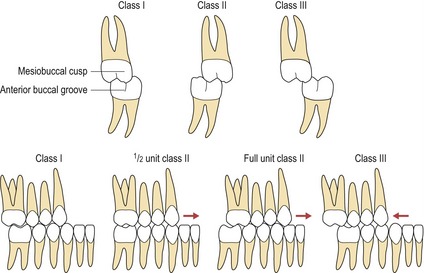
Occlusion And Malocclusion Pocket Dentistry
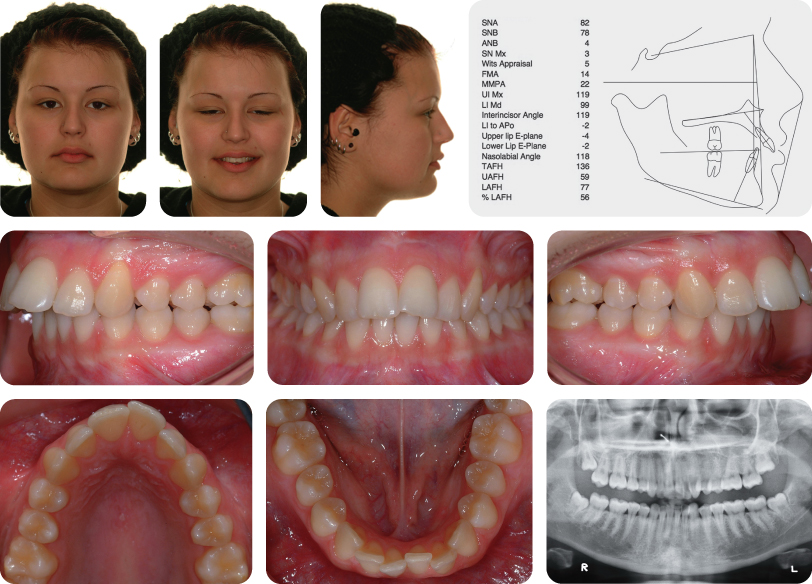
4 Class Ii Division 1 Malocclusion Pocket Dentistry
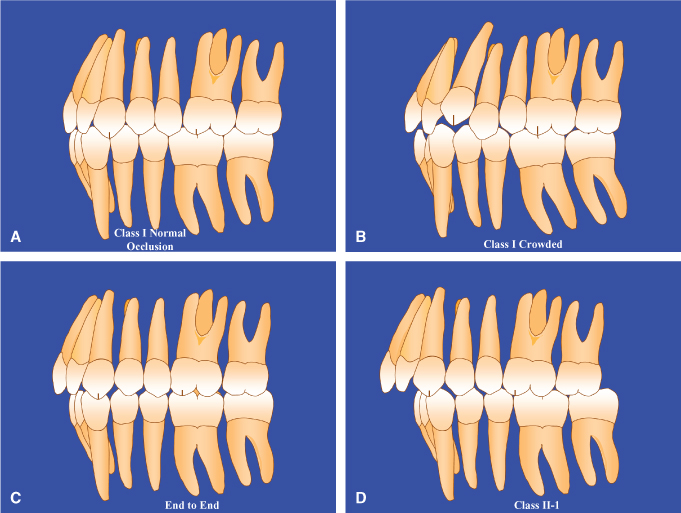
1 Orthodontic Diagnosis And Treatment Planning Pocket Dentistry
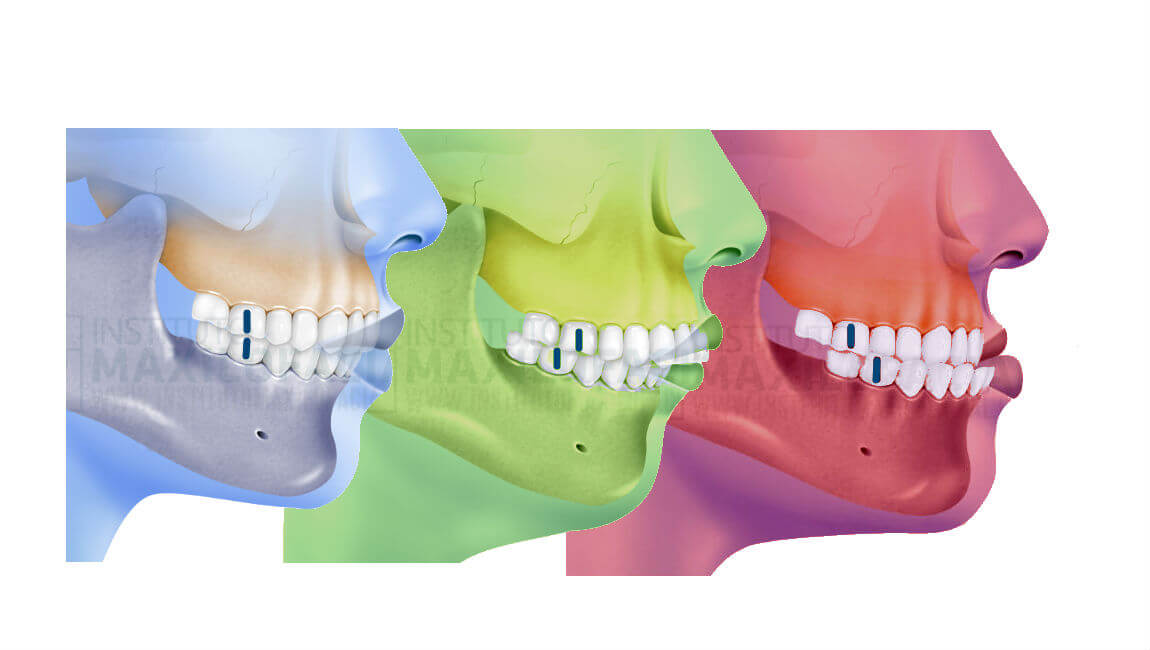
What Is A Class I Class Ii Or Class Iii Bite Instituto Maxilofacial
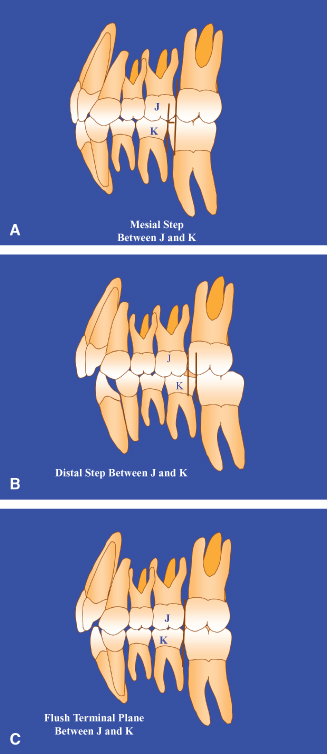
1 Orthodontic Diagnosis And Treatment Planning Pocket Dentistry
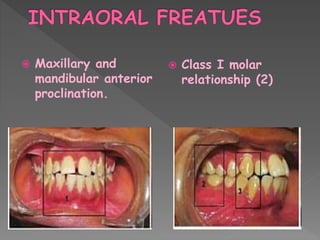
Management Of Class I Malocclusion

Adult Skeletal Class Iii Correction With Camouflage Orthodontic Treatment American Journal Of Orthodontics And Dentofacial Orthopedics
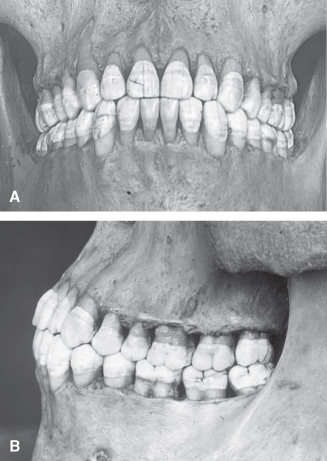
1 Orthodontic Diagnosis And Treatment Planning Pocket Dentistry

8 Setting Of Teeth For Class I Ii And Ii Arch Relation Ship Edit

Elizabeth Flores Dental Hygenist Restorative Dentistry Dentistry
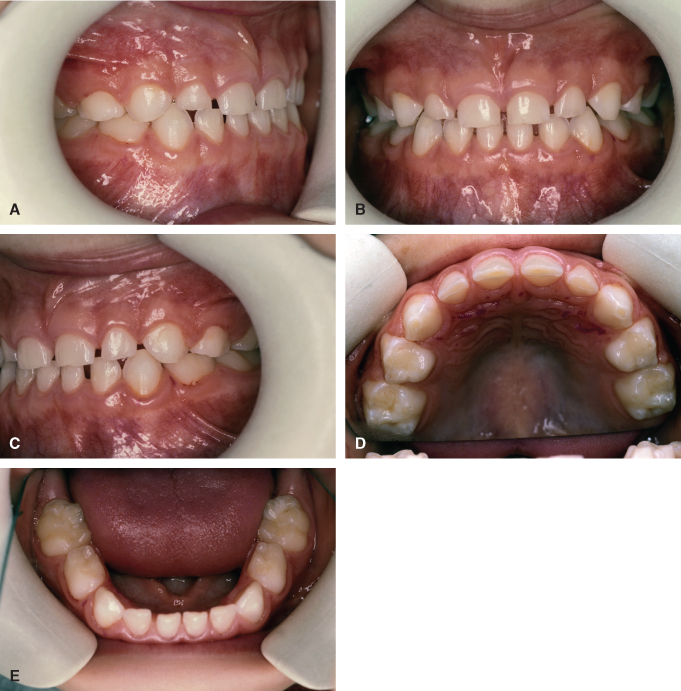
1 Orthodontic Diagnosis And Treatment Planning Pocket Dentistry

Adult Skeletal Class Iii Correction With Camouflage Orthodontic Treatment American Journal Of Orthodontics And Dentofacial Orthopedics

1 Orthodontic Diagnosis And Treatment Planning Pocket Dentistry



